#nellie and lady fay
Text
NELLIE and LADY FAY - Lightning - Babylon fanvid
youtube
This is an ode to the Nellie and Fay ship- so many possibilities Biggest issue with Babylon: Not enough Lady Fay. You can watch Babylon here - Available Worldwide: https://amzn.to/44elc9z


#wlw#sapphic#women loving women#wlw love#nellie and lady fay#babylon 2022#margot robbie#li jun li#nellie and fay zhu#nellie laroy#lady fay zhu#fanvideo#fan edit#Youtube#lesbian love#wlw post#gay girls#sapphic love#sapphic yearning#Nellie and Lady Fay#Nellie x Fay#Lady Fay and Nellie#Carmen song fanvid#Love in the 1920s#margotedit#margotrobbieedit#Margot Robbie and Li Jun Li#lesbian#queer#lgbtq
9 notes
·
View notes
Text



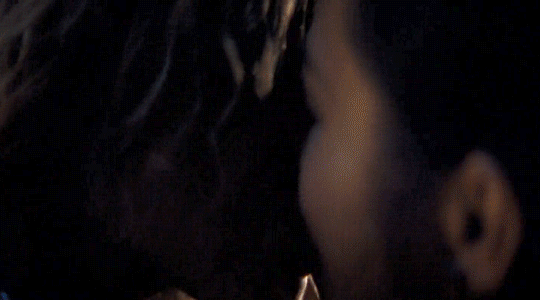

Nellie & Fay
Babylon (2022)
642 notes
·
View notes
Text

Babylon (2022)
#2022#film#movie#Babylon#Damien Chazelle#Margot Robbie#Nellie LaRoy#Diego Calva#Manny Torres#Jovan Adepo#Sidney Palmer#Brad Pitt#Jack Conrad#Olivia Wilde#Ina Conrad#Jean Smart#Elinor St. John#Li Jun Li#Lady Fay Zhu#Max Minghella#Irving Thalberg#Tobey Maguire#James McKay#Maid's Off#Hollywood#Los Angeles#California
21 notes
·
View notes
Text










Li Jun Li as Lady Fay Zhu in Babylon (2022) dir. Damien Chazelle
#li jun li#lili#lady fay zhu#babylon#babylon 2022#babylon movie#damien chazelle#margot robbie#nellie laroy#anna may wong inspired#lili playing a sapphic i didn't know i needed this#lili is a snake biting cigarette smoking one hell of a BADASS#lady kisser more like lady killer#i wish i could post 10 gifs of lili just smoking#in a tux and A GODDAMN TOP HAT#you know what maybe i will#gifs#*mine
50 notes
·
View notes
Text
peak cinema is whenever I get to see Margot Robbie’s expressive eyes full of so much Emotion on the big screen
#whether it’s sadness or joy or wonder or humour#I look at her eyes and I go. Oh this is CINEMA.#barbie movie#harley quinn#nellie laroy#to name a few examples#(I still don’t care about Babylon outside of Nellie and lady Fay but god watching Margot perform is wonderful)
9 notes
·
View notes
Text
26.04 — my first wlw fanfic for the Lesbian Visibility Week!
Lady Fay Zhu x Nellie LaRoy (Babylon, 2022)
Enemies of Women on ao3

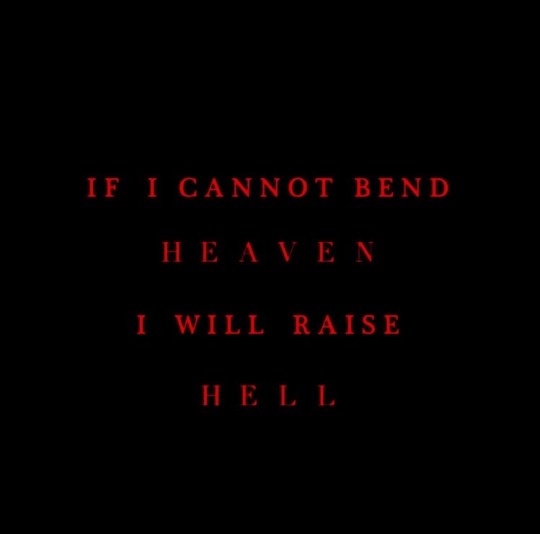
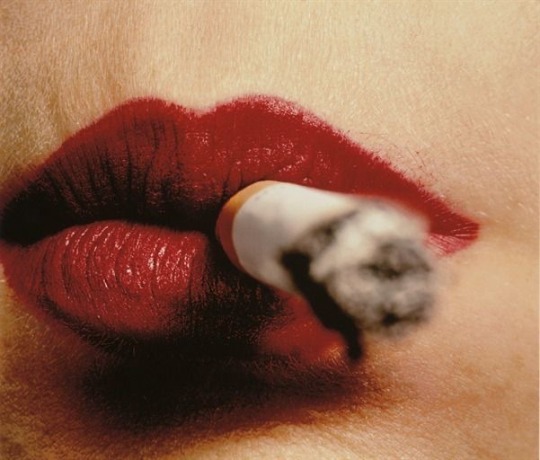
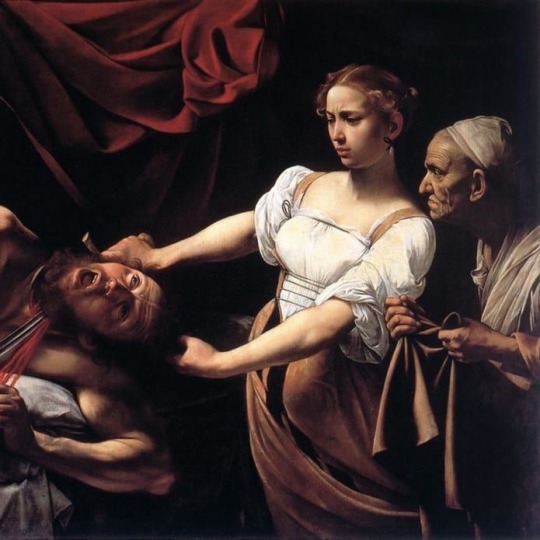


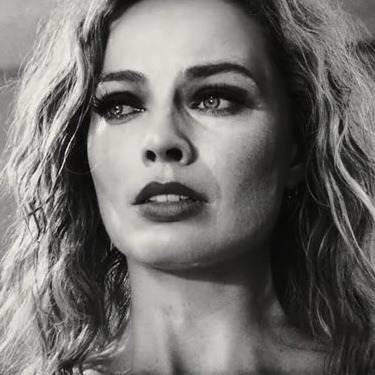
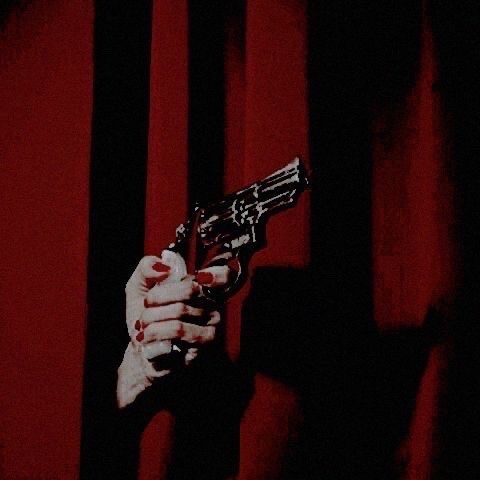
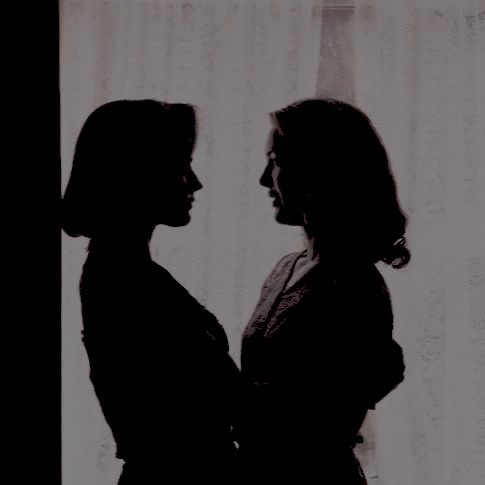
“We’ll show them, my Roy, every single one that did us wrong. We’ll show them all.”
#lesbian visibility week#i'm so so glad i got to write about them<33#babylon#lady fay zhu#nellie laroy#wlw ship#oneshot#ao3fic#fanfiction#wlw fanfic#lesbian visibility week 2023#my writing
18 notes
·
View notes
Text

Babylon (2022) dir. Damien Chazelle
4 notes
·
View notes
Link
Fandom: Babylon (2022)
(Main) Character(s): Nellie LaRoy, Lady Fay Zhu, Original Female Characters
(Main) Ship(s): Nellie/Fay, Original Sapphic Relationship
Word count: 2843
Other(s): Post-Canon Fix-it-ish

#babylon (2022)#babylon movie#babylon#fanfic#fic#writing#let's go lesbians#fix-it#nellie laroy#lady fay zhu#original female characters#ao3#auto-promo
6 notes
·
View notes
Text
the part in babylon when manny wipes the coke off of nellie nose and says « beautiful »….. got my knees wobbling (along with many other scenes
#really like this movie#damien chazelle really stepped up with this one#and diego calva…….yeah.#also when lady fay zhu sucks the snake venom out of nellies neck and then they make out………this movie really gave me so mucj
1 note
·
View note
Photo






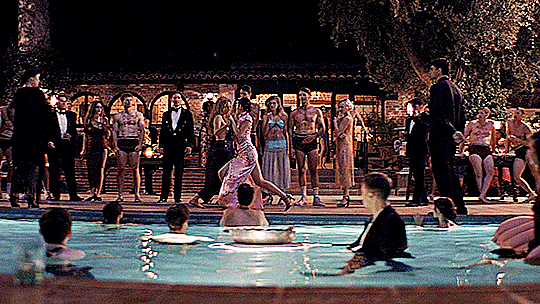


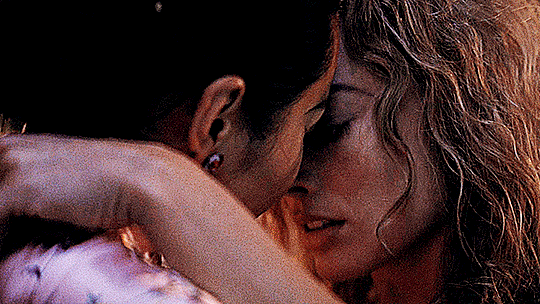
For your entertainment this evening, Miss Lady Fay Zhu will now choose a partner.
MARGOT ROBBIE & LI JUN LI as NELLIE LAROY & LADY FAY ZHU
— Babylon (2022) dir. Damien Chazelle
#babylon#margot robbie#li jun li#filmedit#filmgifs#moviegifs#dailyflicks#tvfilmsource#tvfilmcentral#wlwgif#wlwsource#userquel#userjoss#tuserdee#userrobin#usermorgan#userannalise#useraurore#babylonedit#*#1k
2K notes
·
View notes
Text
idk when babylon became a comfort movie for me but. here we are.
anyways. did you guys know that babylon comes from the akkadian word “babilu” meaning “gate of god.” however in the biblical narrative of babylon, it’s a center of sin and evil. hence, the name of the movie being babylon. losangeles is the “city of stars” and “city of dreams”but here, even in its excess, it’s presented as this twisted, evil city where your dreams can come true, but there will always, always be a price. truly i will never understand people who watch this movie for a semi-truthful narrative about hollywood before sound. because that’s not what it is. this is nowhere near what it is! sure, these characters are based on real people and there are real world movies used and referenced in this film, but during no part of this movie does it claim to be like, actually historical. this is historical fiction, this is a story with something to say. idk like. i know a lot of people turned away from this movie because it's gross and beyond disgusting and a distorted look at hollywood pre-talking movies but like. that is the point. it's to show you the evil. why do you think it opens up with that wild party???
do you know two other things the historical/biblical babylon is famous for? the tower of babel and the figure, hammurabi. the tower of babel, of course, is where the babylonians were trying to build a tower so they could reach god & the heavens, only for god to destroy the tower and scramble the languages so nobody spoke the same language after. this time around while watching i couldn’t help but wonder if that part was here in the film, too. because around that halfway mark is when the downfall begins, talking pictures are introduced, after we’ve spent this last hour and a half or so in the grandeur of the stars and their silent movies, trying to reach the heavens—their godhood; their fame—only for it to all come crashing down once talking pictures come onto the scene. talking pictures and the public here being our metaphorical “god” that will tear these silent movie stars down.
hammurabi, of course, created hammurabi’s code. you know, “an eye for an eye, tooth for tooth,” that guy. i think this movie has traces of that, too. mostly in terms of everyone in this movie has to give something—some part of themselves—up or away. they give, the movies take. an eye (the actor) for an eye (the viewer, the audience)
(this is also a bit of a stretch, but the animal of historical babylon was a lion. “the lion of babylon.” and MGM makes quite a few appearances throughout the movie. their logo, quite famously, is the roaring lion.)
there are some other things too, completely unrelated to the historical babylon, that i can’t help but notice. and one of these things is that: there’s a musical motif here that sounds incredibly similar to a few notes of “someone in the crowd” from la la land. i don’t know if this was intentional on justin hurwitz’s part, or completely accidental, but i think that the musical motif accidentally connects la la land and babylon to one another. that, and the fact that mia and sebastian’s theme and nellie and manny’s theme also sound similar. there’s a connection there that i haven’t been able to make just yet, other than the fact that both couples end, and both couples are kind of doomed. both themes are short and sweet, lively and melancholic at the same time; they know they can’t last, but they’ll always love each other. hell, the ending of babylon is manny reminiscing on his time with nellie, because watching singin in the rain brings back all of these memories of her, and of the work they put in all those years ago. (it does, also, call to memory elinor st. john’s speech from a bit earlier—how a child in 50 years will remember them, and how their ghosts will dine together. i think it’s important to remember that 1.) by the end of the film, we know that jack, elinor, and nellie have died. sidney and lady fay have not, but we don’t see them, either. 2.) there was, famously, a lot fire—quite a few, actually, because it was nitrate film—which destroyed like, most of all silent films.) either way. if mia and sebastian’s theme is melancholy and nostalgic, nellie and manny’s theme could be considered a ghost, as it’s played frequently throughout the film. perhaps it’s nellie haunting manny even before she dances off in the night, just like she said she would.
sorry this got kind of long….i could pick apart this movie forever <3
#liv's film journal#babylon 2022#babylon posting lmao#this is of course from my understanding (re: a christian upbringing) of babylon + what i remember from my ancient religions course#film analysis#i guess??#also they are in no way connected but nellie's disappearance is kind of giving aimee semple mcpherson vibes...if ya know ya know lmao
9 notes
·
View notes
Text
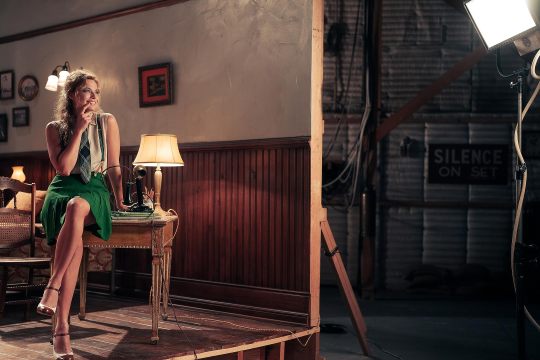
“SILENCE PLEASE”
Babylon (2022)
#2022#film#movie#Babylon#Damien Chazelle#Margot Robbie#Nellie LaRoy#Diego Calva#Manny Torres#Jovan Adepo#Sidney Palmer#Brad Pitt#Jack Conrad#Olivia Wilde#Ina Conrad#Jean Smart#Elinor St. John#Li Jun Li#Lady Fay Zhu#Max Minghella#Irving Thalberg#Tobey Maguire#James McKay#Hollywood#Los Angeles#California
9 notes
·
View notes
Note
You will not fucking believe this.
In the movie Babylon (2022), starring Margot Robbie she plays Nellie Laroy, the "it-girl", aka a character inspired by Clara Bow.
According to wiki, Clara Bow was " accused of lesbianism" in her time.
In the movie Babylon Nellie also has a thing ( aka a make out session) with a female actress/co worker.
Source: https://en.m.wikipedia.org/wiki/Babylon_(2022_film)
"Nellie quickly becomes an "it girl" "
"Also attending are Chinese-American lesbian cabaret-singer Lady Fay Zhu "
"Nellie passionately kisses her(Fay) "
https://en.m.wikipedia.org/wiki/Clara_Bow
"Her appearance as a plucky shopgirl in the film It brought her global fame and the nickname "The It Girl" "
Btw. How insane is this quote from her page?
" In 1944, while Bell was running for the U.S. House of Representatives, Bow tried to commit suicide.A note was found in which Bow stated she preferred death to a public life"
More on Clara Bow here:
9 notes
·
View notes
Text
i’m ngl that one scene from babylon where the director grabs nellie’s face and forces her to spit her gum out does make me feel Things
#is this hornyposting idk will probably delete when I have had more than two hours of sleep oops#has anybody giffed this moment#for no reason at all#nellie laroy is a sub I said what I said#an absolutely bratty sub but a sub nonetheless#thinking about the Margot interview where she was like ‘I knew Diego was the perfect manny#because when he said ‘shut the fuck up’ I shut the fuck UP. and Nellie only responds to people who can do that’#I’m paraphrasing but it was something like that#and her bi awakening with lady fay. the Margot interview again where she was like#‘nellie was just so discombobulated because this woman took control of her sexually in front of all these people#and she’s on this giddy high from it’#margot really read the script and said oh wow this character is for sure a sub#she really is so Character I’m normal about her#I may be the only person in the world who thinks about Nellie laroy babylon (2023) but by god am I gonna talk about her#I could’ve fucked with a Nellie/director lesbian subplot at some point#lady fay/nellie should be endgame but it would’ve been fun to have those two because they had good chemistry#the way the director was always boosting her up before a shot and nellie yelling at the sound guy ‘I ONLY LISTEN TO MY DIRECTOR’#her ignoring the sound guy when he instructs her to do something but when her director tells her to do the exact same thing#Nellie does what she’s told. and also them both being women in the industry surrounded by men? could’ve been a good subplot#hell nellie could be poly
9 notes
·
View notes
Photo

The Strawberry Blonde (1941)
During the height of the Old Hollywood Studio System – when studios themselves contracted directors, actors, writers, and other craftspersons – Warner Bros. found its niche as the “dark” studio. Warners might not have invented the gangster picture, but they codified its archetypes and tropes, becoming synonymous with the subgenre. In the early 1940s, director Raoul Walsh (a film noir pioneer; 1940’s They Drive by Night and 1941’s High Sierra) was nearing the peak of his career and actor James Cagney (1938’s Angels with Dirty Faces, 1949’s White Heat) was perhaps Warners’ most bankable star. Walsh was known for his proto-noir works and crime dramas; Cagney arguably the era’s definitive gangster actor. By 1941, both needed something different to work with.
Adapted by brothers Julius J. and Philip G. Epstein from James Hagan’s pastoral stage play One Sunday Afternoon, The Strawberry Blonde was exactly what both men sought. The Strawberry Blonde – often billed as a romantic comedy because it is a much lighter adaptation than 1933’s One Sunday Afternoon (starring Gary Cooper and Fay Wray) – is a celebration of simple, unadorned love. Though not a gag-a-minute comedy, Walsh’s uncharacteristic film shines through the performances from Cagney and especially Olivia de Havilland (three years removed from The Adventures of Robin Hood and two from Gone with the Wind). It is a joyous and nostalgic production; perhaps it should be no wonder it was a career favorite film for Walsh and a highlight for Cagney.
The Strawberry Blonde occupies two time periods. The film is set in New York City sometime in the late nineteen aughts or early 1910s, but primarily told through flashback during the late 1890s. In the flashback, Biff Grimes (James Cagney) aspires to become a dentist and yearns for a strawberry blonde socialite named Virginia Brush (Rita Hayworth; whose singing voice is, in a fleeting scene, not dubbed for the only time in her career). Along with his buddy and soon-to-be business partner, Hugo Barnstead (Jack Carson), they go on a messy double date with Virginia and her friend, the nurse and suffragist-leaning Amy Lind (Olivia de Havilland). Upon first impressions, Biff considers Amy to be the less attractive, amusing, and sociable girl. When fate – or, more precisely, Hugo’s duplicity – intervenes, Biff and Amy find love together and marry. While Biff begins studying for a dentistry diploma by mail correspondence, the two navigate financial and personal travails. Despite the marriage, Biff harbors a stewing resentment towards Hugo and a lingering covetousness towards Virginia apparent in the film’s bookends.
Among the bit players are Alan Hale as Biff’s father; George Tobias as Biff’s and Amy’s Greek immigrant friend, Nicholas Pappalas; Una O’Connor as Mrs. Mulcahey; and George Reeves (a future television Superman) as a belligerent, loudmouth, mustachioed college man who – due to his sweater – I choose to believe is from Yale. The four actors listed here, all Warner Bros. contractees at the time, each have their memorable moments.
The Strawberry Blonde serves as a memorialization to the time of Walsh and Cagney’s upbringing, similar to Vincente Minnelli’s Meet Me in St. Louis (1944) at Metro-Goldwyn-Mayer (MGM) and, if one wants to draw a modern throughline, the Duffer Brothers’ Stranger Things. In many ways, the film also feels like a musical. There are numerous diegetic performances of songs – whether by our central cast or a band – popular during the turn of the century. “The Band Played On” (from which the film derives its title; “Casey would waltz with a strawberry blonde / and the band played on”), “Bill Bailey”, “The Fountain in the Park”, “Meet Me in St. Louis”, “Wait ‘Till the Sun Shines, Nellie”, and much more fill the soundtrack. Composer Heinz Roemheld’s (1942’s Yankee Doodle Dandy, 1947’s The Lady from Shanghai) work adapts many of these songs into a boisterous, energetic score. Roemheld knows when to dial his orchestra back during the film’s most intimate scenes, but this wall-to-wall score evokes the period. Ostensibly, according to the screenplay, it was a time of romantic walks and live music performances in almost all social settings. In a sense, these decisions make The Strawberry Blonde into a sort of half-musical.
With his most recent movie being the film noir High Sierra (1941) with Ida Lupino and Humphrey Bogart, the transition from a largely outdoors-set crime drama to interior-heavy romantic comedy nevertheless suited Walsh. Walsh receives immeasurable help from one of the best cinematographers ever in James Wong Howe (1941’s Abe Lincoln in Illinois, 1963’s Hud). Howe’s signature high-contrast, low key lighting – generally associated with film noir – is not present much in The Strawberry Blonde. But what Walsh and Howe accomplish is making a bygone decade contemporary again. Outside the film’s romantic scenes including Cagney and de Havilland or Cagney and Hayworth, the film’s frames overflow with activity. With masterful use of blocking and mise en scène in these moments, Walsh and Howe’s frames are always dynamic, moving – but not swooping – alongside masses of extras and supporting characters rather than staying put, as if taking still photography. A static camera during Biff’s dates out on town would immediately render The Strawberry Blonde as a dusty artifact, a creaky throwback. Stationary cinematography has its uses when there are plenty of actors on-screen, but such a decision would make this remake too much like its 1930s original. Instead, in conjunction with Orry-Kelly’s (1951’s An American in Paris, 1959’s Some Like It Hot) outstanding costume design, the past leaps out of the history books and memories to be present again.
youtube
The notable instances in which Walsh and Howe keep their camera as rigid as possible are when Biff finds himself at the park bench where he and Amy first met. The set for the park also happens to be art director Robert M. Haas’ (1941’s The Maltese Falcon, 1949’s The Inspector General) plainest craftsmanship in the entire film. These scenes are the most obviously soundstage-bound moments – the too-perfect grass, the flatness, and lack of discernible lighting – despite the extras strolling in the deep background. The Strawberry Blonde’s park scenes mark the beginning and the renewal of Biff and Amy’s relationship, rendering them arguably the romantic highlights of the film. The contrast from these scenes to places such as the beer garden, the Central Park Zoo, or the Statue of Liberty make them the least “present” of the film. Some viewers less experienced in Old Hollywood (or those who, wrongfully, dismiss the style altogether) might complain about the obvious artifice in those park bench scenes with Biff and Amy, but my goodness does the aesthetic contrast make one take notice. Not only that, but the Epstein brothers’ dialogue for Cagney and de Havilland here is gently funny, and filled with warmth.
James Cagney, with his vaudeville background, was known for his physically exaggerated performances that nevertheless maintained a raw emotional core. That works to his benefit throughout The Strawberry Blonde, in which the character of Biff often sounds calm and measured, but his words bely fearfulness and bitterness. Despite the tough-guy gangster persona he often played in Warners’ gangster pictures, there are shades of Cagney’s later performance as George M. Cohan in Yankee Doodle Dandy here. Look at the grace in his dancing at the beer garden, a seemingly spontaneous cartwheel upon learning wonderful news, and how he putters about restlessly when conversing with Amy for the first time while expecting Virginia to show up. But also notice his weariness during the film’s bookends, how he accepts – but does not despair about – his station in life.
Olivia de Havilland is Cagney’s equal in this film, and a great foil to Rita Hayworth (whose character of Virginia is depicted as more conventionally attractive, but possesses a casual cruelty and vanity that gradually reveals itself). A middle-class nurse is an unusual role for an actress known at the time for mostly playing rich women and/or Errol Flynn’s love interest in swashbucklers or Westerns. As Amy, de Havilland curiously receives two “introductory” scenes in the film – both radically different from the other in storytelling function, reflecting the rarity of a second first impression and Biff’s tendency to see only surface details. Seemingly reserved but playful when she wishes to be, de Havilland’s Amy is an absolute delight of a character from the moment she appears. One crucial moment late in the film – in which Biff is dancing around an implied truth so that he can soften the blow for Amy – is heartbreaking acting from both. De Havilland’s movement and her glance outside the window in that scene epitomizes the agony in that moment. Knowing both actors’ resumes, I initially came into The Strawberry Blonde thinking that, on paper, Cagney and de Havilland would be a romantic mismatch. What a happy surprise it is to be completely wrong.
Unlike contemporary films that might take a nostalgic trip to a decade like the 1970s, ‘80s, or ‘90s, The Strawberry Blonde feels, at times, truly transporting. The incredible attention to visual details and especially the diegetic music (too often those newer nostalgia-driven movies resort to pin drops of non-diegetic music) help immensely. Though the film suggests an immigrant experience that would have been appropriate for turn-of-the-century New York, The Strawberry Blonde declines to say more about it – most likely a result of the original source material (“pickaninny”, a derogatory term that refers to black or dark-skinned children, is casually used in a song’s lyric).
At the center of this rich period detail lies an honest love between two people flowing through life’s currents. Sometimes their love is troubled with melodramatics, but they find ways to comfort and help the other with humor and goodness. Sure, it can be sentimental stuff. But it endures an upsettingly difficult test. The Strawberry Blonde has no designs to being other than a sincere love story and a fond lookback of another time. As such, it triumphs – with just one more chorus of “The Band Played On”, if you please.
My rating: 7.5/10
^ Based on my personal imdb rating. My interpretation of that ratings system can be found in the “Ratings system” page on my blog (as of July 1, 2020, tumblr is not permitting certain posts with links to appear on tag pages, so I cannot provide the URL). Half-points are always rounded down.
For more of my reviews tagged “My Movie Odyssey”, check out the tag of the same name on my blog.
#The Strawberry Blonde#Raoul Walsh#James Cagney#Olivia de Havilland#Rita Hayworth#Jack Carson#George Tobias#Una O'Connor#George Reeves#Lucile Fairbanks#Julius J. Epstein#Philip G. Epstein#James Wong Howe#Heinz Roemheld#Hal B. Wallis#Orry Kelly#WB100#TCM#My Movie Odyssey
11 notes
·
View notes
